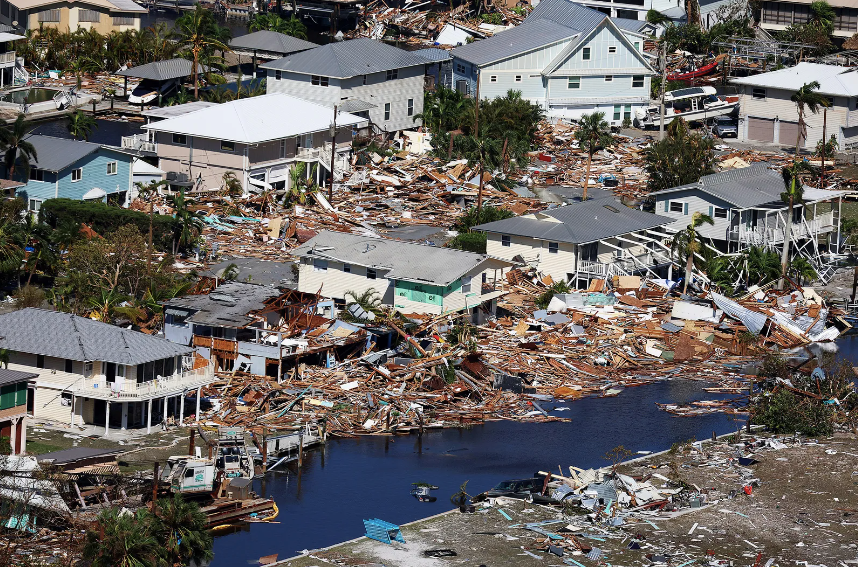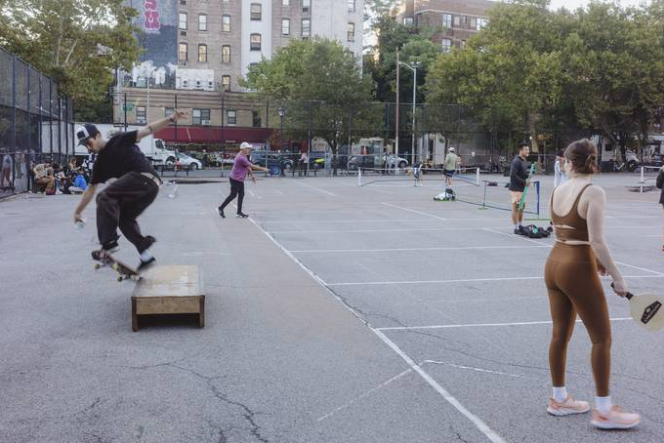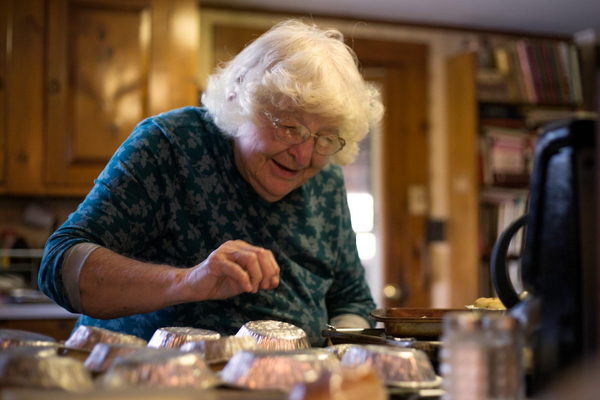Scientists find truth behind many ancient flood stories

It wasn’t long after Henry David Inglis arrived on the island of Jersey that he heard the old story. Locals told the 19th-century Scottish travel writer how, in a bygone age, their island had been much more substantial, and that folks used to walk to the French coast. Inglis scoffed as he looked out across 22 kms of sea between Jersey and the French coast, and went on to write that this was “an assertion too ridiculous to merit examination.” About 150 years earlier, another writer had been similarly unmoved; no one could have trod from Jersey to Normandy, he wrote, “unlesse it were before the Flood,” referring to the Old Testament. Yet there had been a flood. A big one. Between roughly 15,000 and 6,000 years ago, massive flooding caused by melting glaciers raised sea levels around Europe, and that flooding is what turned Jersey into an island.
Hurricane Ian destroyed their homes, then algorithms sent them money
When Hurricane Ian churned over Florida in late September, it left a trail of destruction from high winds and flooding. But a week after the storm passed, some people in three of the worst-hit counties saw an unexpected beacon of hope. Nearly 3,500 residents of Collier, Charlotte, and Lee Counties received a push notification on their smartphones offering $700 cash assistance, no questions asked. A Google algorithm deployed in partnership with nonprofit GiveDirectly had estimated from satellite images that those people lived in badly damaged neighborhoods and needed some help.

Pickleball invasion prompts turf war
Across the blacktop of New York, adults in athleisure are charging waist-high nets, swinging at plastic orbs, calling out “dinks shots” and “dill balls” like school kids inventing a recess game. Pickleball, once relegated to middle school gym classes and pensioner clubhouses, is having a moment. But the fastest-growing American sport is also becoming one of the most contentious. In recent months, reports of turf wars – along with arrests, violence, and sabotage – have filled local newspapers across the country. In New York, the battle is currently raging through the West Village. Parents have compared the pickleball players to invaders – “the human version of Blank Street Coffee,” decried one local – accusing them of forcibly evicting their children from playgrounds.

What does sustainable living look like? Maybe like Uruguay
Wedged between its larger and more routinely travelogued neighbors, Brazil and Argentina, the small Latin American country is something of an anomaly. With a carbon footprint hovering around the global median of 4.5 tons per capita, it falls within a narrow tier of nearly developed countries within sight of two tons per capita — the estimated amount needed to limit the world to 1.5 degrees Celsius of warming. Often called the Great Exception for its relative wealth and stability in the region, it enjoys a poverty rate around 10 percent and a middle class encompassing more than half the population. It ranks first in South America for political rights and civil liberties. There are countries more prosperous, and countries with a smaller carbon footprint, but none show the possibilities of living well and living without ruin as much promise as in Uruguay.

How Colleen Hoover rose to dominate the best-seller list
Colleen Hoover has sold more books this year than Dr. Seuss. She’s sold more books than James Patterson and John Grisham — combined. To say she’s currently the best-selling novelist in the United States fails to capture the size and loyalty of her audience. She holds six of the top 10 spots on The New York Times’s paperback fiction best-seller list She has sold 8.6 million print books this year alone — more copies than the Bible. When she self-published her first young adult novel, “Slammed,” in January of 2012, Hoover was making $9 an hour as a social worker, living in a trailer with her husband, a truck driver, and their three sons. She was overjoyed when she made $30 in royalties because it was enough to pay the water bill.

Viking textiles show that women had significant economic power
Michèle Hayeur Smith, an anthropological archaeologist at Brown University, has been at the forefront of efforts to glean insights from ancient cloth, scouring archaeological sites and museum collections for textiles that could illuminate the lives of women in early North Atlantic societies. Her work has shown that the Vikings never would have expanded their known world without the women's work of weaving. Viking women have long been stereotyped in archaeology as performing primarily domestic tasks: child-rearing, cooking, weaving and making clothing. Yet for years at a time during their husbands' absences for raids or trading expeditions, women ran the farms and engaged in trade, Hayeur Smith says. “The more sites I checked, the more I saw this pattern: Viking Age textiles were colorful and varied, but in medieval times, there is a complete shift into standardized cloth.” All these details are specifications for legal cloth, called vaðmál. “Women were making the money!” she says.

Do not disturb a cat at rest
do not disturb pic.twitter.com/5rN4hCbs0N
— cats being weird little guys (@weirdlilguys) October 11, 2022



